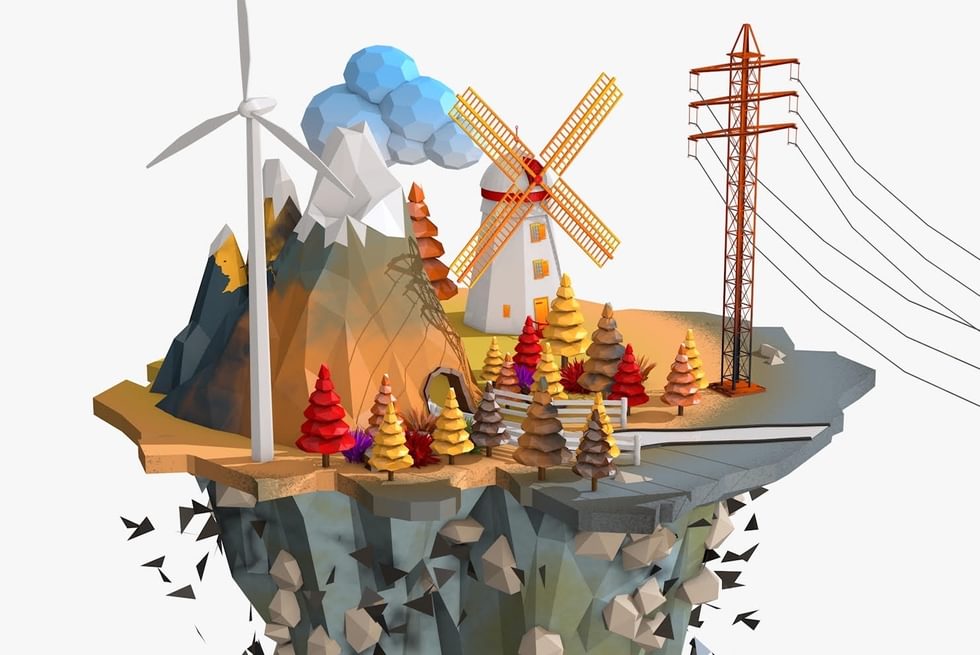Lag
From the Series: Speaking Volumes
From the Series: Speaking Volumes

How do you catch up with an elusive border?
Some of the highest-altitude borders in the world are located in physically inaccessible parts of the western Himalayas, along the boundaries of India, China, and Pakistan. In the winter, the infrastructure around the military outposts found there are cut off by avalanches and ice sheets, while in the spring and summer, melting snows may reveal wire fences, stone markers, and signposts. The outlines of the border expand and contract depending on which facilities are accessible at any given time.
There is therefore what is called a skirmish season during the spring and summer in places like the mountain region of Ladakh. This is a period when soldiers, cattle, yak, and nomads on both sides of the border are able to access some of the high-altitude disputed areas for military activities, grazing, or trade. Yet this is also a time when humans and animals alike are liable to be detained should they venture too close to the contested areas. On one hand, skirmish season is beginning earlier every year due to climate change. The shrinking of pastures and water sources, as well as easier access to bunkers and outposts, brings humans and animals further into the contested border areas, fueling geopolitical tensions. On the other hand, melting glaciers have created unprecedented floods and landslides, blocking the very infrastructures needed to access the border in the first place.
These experiences of vertical bordering chime with what James Scott (2009, 43) has called the “friction of terrain,” where the lived experience of inhabiting or traveling across a particular terrain is not easily represented on a map. Landslides, monsoons, potholed roads, border checks, blizzards, and snow all modify the answer to how far a destination is and when one can approach it. Even a map with topographical markers does not prepare the traveler for mounds of snow that need clearing or the mud landslide that bars the way.
The fact that gaps exist between experiences and representations of terrain is hardly groundbreaking. What is curious, however, is what happens when high-altitude terrain is seen in terms of temporality. When a bridge disappears after an avalanche or reappears when the snow melts down the mountain face during the following spring, it is the futility, the inaccessibility, the impossibility or possibility of border crossing that is then brought to the fore.
Time is thus a crucial dimension of such practices. Sarah Green (2011) has proposed using the metaphor of a tidemark left by waves on a beach to give a better sense of the historical contingency of borders. The oscillation between seasons; the material remains left on the ground by different political and nonpolitical actors; the movements of animals along established routes as well as across borders—all of these are particular to the passage of time in a vertical dimension. But how do the limitations of human activity intersect with state attempts to control this combination of height and time in a bid to “secure the volume” (Elden 2013)? There is always a lag: an attempt by states to access a vertical border without ever quite reaching it. This is bordering in a four-dimensional perspective: the border cannot physically be reached, but is continually aspired to. There is a need to keep up the pace.
Even if the altitude is too high for long-term human inhabitation or the densely forested no man’s lands are too wide to be fully securitized, the militarized border is still maintained by human (or increasingly, human-plus-computer or -drone) capabilities. At least 25 percent of the outposts along India’s borders are maintained by helicopters; personnel and supplies are dropped down and picked up at intervals of eight to ten weeks. Technology assists temporal reach by allowing the state to linger a bit longer than it is physically able to do (see Baghel and Nüsser 2015).
Lag is what drives the strong sense that borders are incomplete, in-formation, and that more work always remains to be done. Since border infrastructures are marked by temporalities that do not match human lifetimes, no state is currently able to fully possess or secure its territory up to the vertical borderlines it claims, even as states are continually making progress toward these goals. There is thus a teleological aspect to these bordering practices, a temporal horizon that represents the future possibility of total mastery over the high-altitude elements: “We cannot totally control the border yet, but we will!”
This horizon points to a lag between the contour of the nation as it is described or represented by states and the shape of the nation as it is actually experienced: as a border marker sticking out of a snowdrift, or fragmented mountain outposts forty kilometers away from each other. Still, the idea remains that the nation will eventually grow into its cartographically defined shape (Krishna 1994). There is a sense that, ultimately, time will bring the shape of the nation—as dynamic as it is—into conformity with its cartographic outline.
Baghel, Ravi, and Marcus Nüsser. 2015. “Securing the Heights: The Vertical Dimension of the Siachen Conflict between India and Pakistan in the Eastern Karakorum.” Political Geography 48: 24–36.
Elden, Stuart. 2013. “Secure the Volume: Vertical Geopolitics and the Depth of Power.” Political Geography 34: 35–51.
Green, Sarah. 2011. “What’s in a Tidemark?” Anthropology News 52, no. 2: 15.
Krishna, Sankaran. 1994. “Cartographic Anxiety: Mapping the Body Politic in India.” Alternatives 19, no. 4: 507–521.
Scott, James C. 2009. The Art of Not Being Governed: An Anarchist History of Upland Southeast Asia. New Haven, Conn.: Yale University Press.